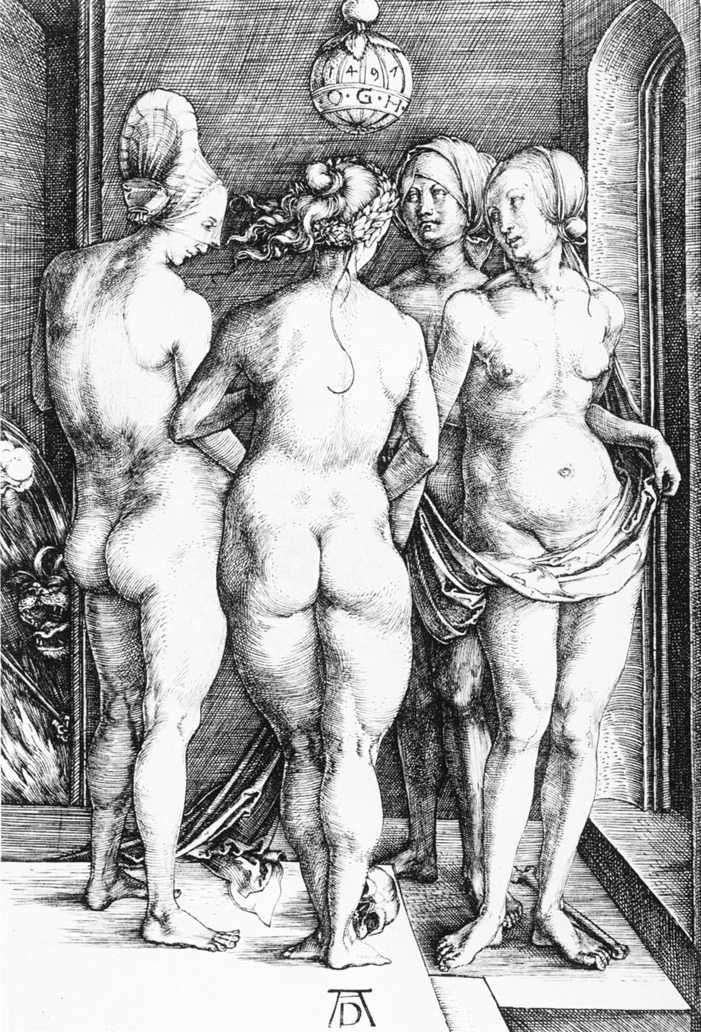
One of the most famous engravings of Durer – “Four Witches”. In the room, empty and cramped, like a stone bag, four naked women. They are differently turned to the viewer, and their views are directed at something invisible. On the head of one – high: cap, two hair tied with kerchiefs, in the fourth – luxurious braids floor dissolved.
One has an unexpectedly small head on the large trunk and a strict, regular, almost classical profile. The second has a softly contoured pretty face with an expression of suffering. And the body is younger than the rest. The third is turned back to us – its face is not visible. At the fourth – she half-hidden behind the others – under the bandage, which was lowered slightly over her forehead, a pointedly rustic face with mistrustfully compressed lips.
Their bodies are heavy. However, the notions of beauty change, and Durer, apparently, did not intend to depict ideal beauties in this engraving. But they are very lively and make you think not about the ancient graces, but about the living nature, which served as an artist model. In Germany, men and women often visited baths together, and Durer could draw nude here.
Above the heads of women there is a ball with a date and three mysterious letters “OGN”, which are deciphered in different ways, but not too convincingly. It is not even known whether the German or Latin dictum is hidden behind these letters. Many allegories and symbols, understandable to Dürer’s contemporaries, are dark for us. Their meaning is lost irrevocably. We admire the engraving and are perplexed about the allegory contained in it and not fully disclosed by any commentator.
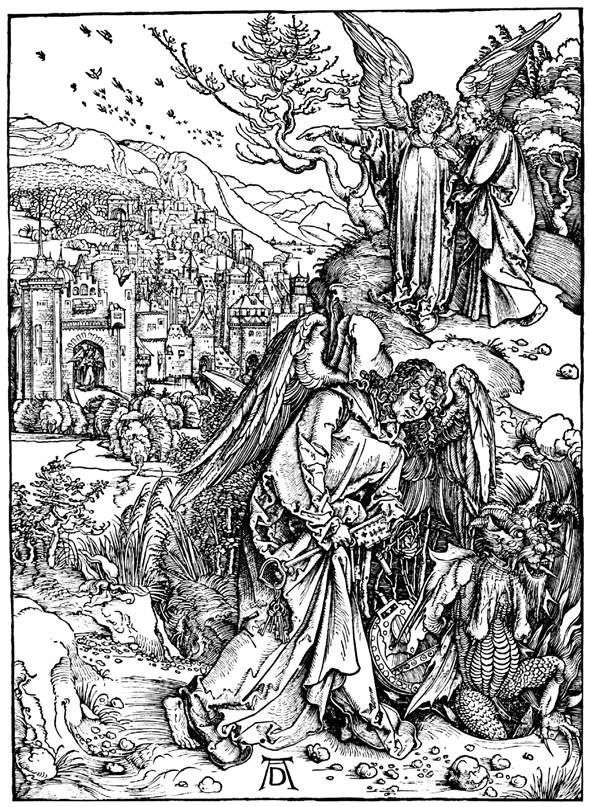 An angel with a key from Hell. Engraving by Albrecht Durer
An angel with a key from Hell. Engraving by Albrecht Durer The Apostle by Albrecht Durer
The Apostle by Albrecht Durer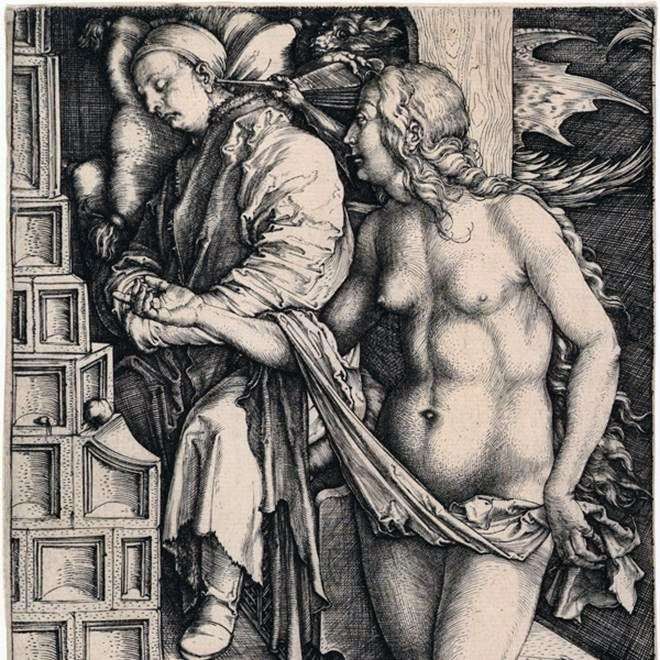 Seduction lazy. Engraving by Albrecht Durer
Seduction lazy. Engraving by Albrecht Durer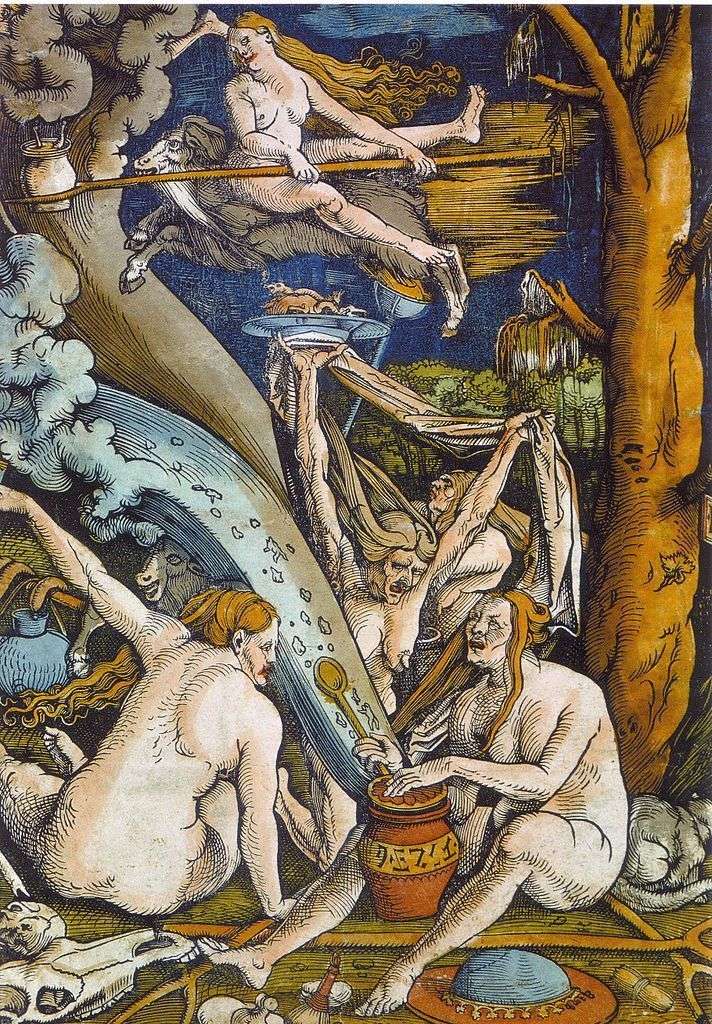 The Sabbat of the Witches by Hans Baldung
The Sabbat of the Witches by Hans Baldung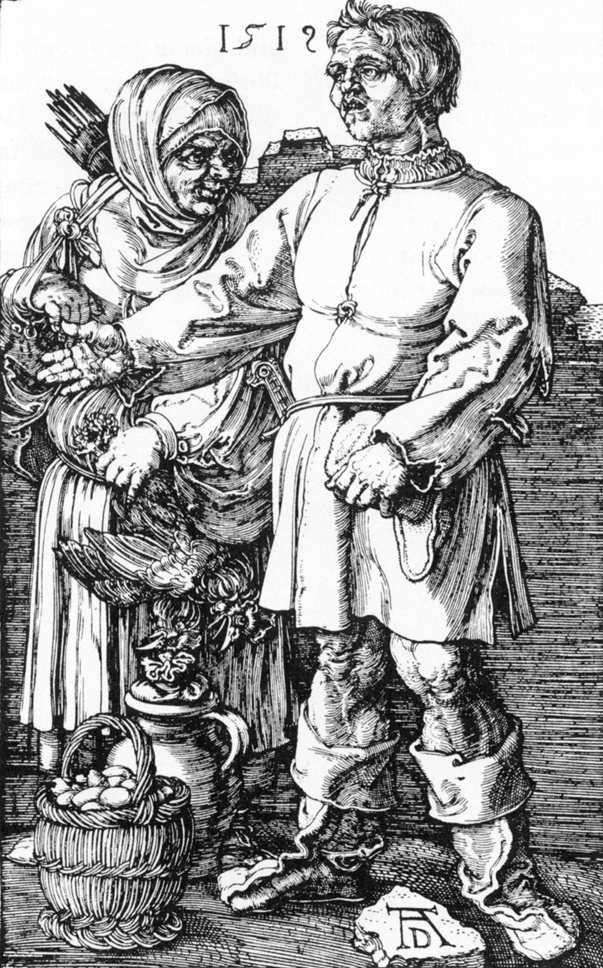 Peasant with his wife in the market by Albrecht Durer
Peasant with his wife in the market by Albrecht Durer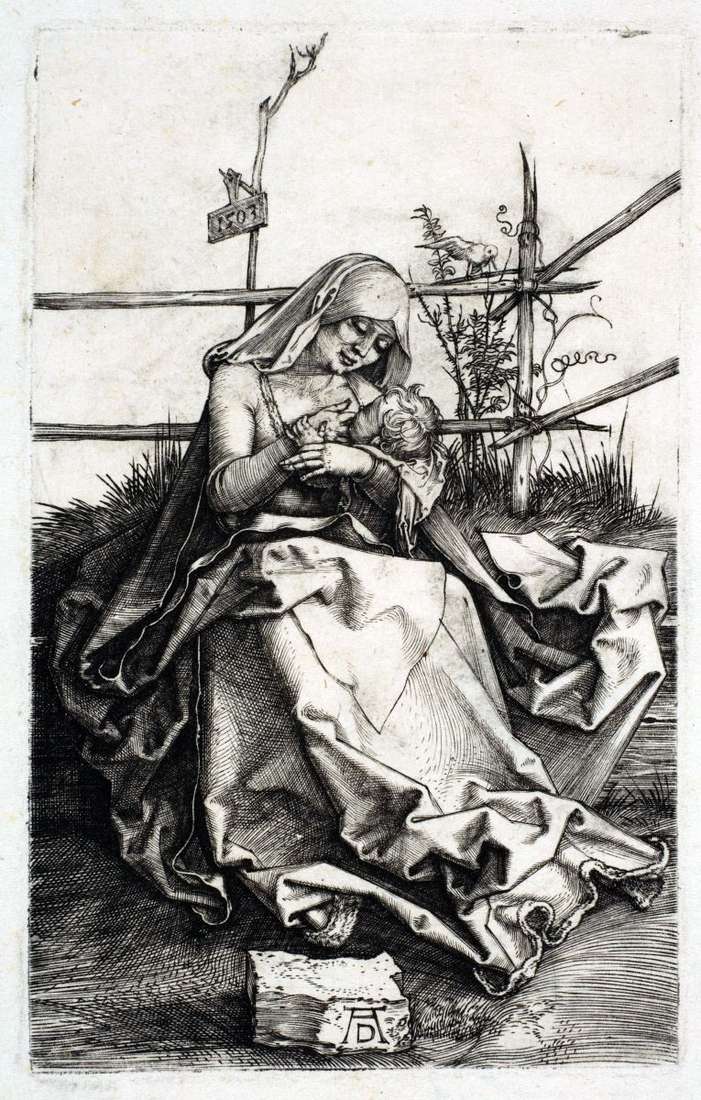 Maria on the bench from the turf by Albrecht Durer
Maria on the bench from the turf by Albrecht Durer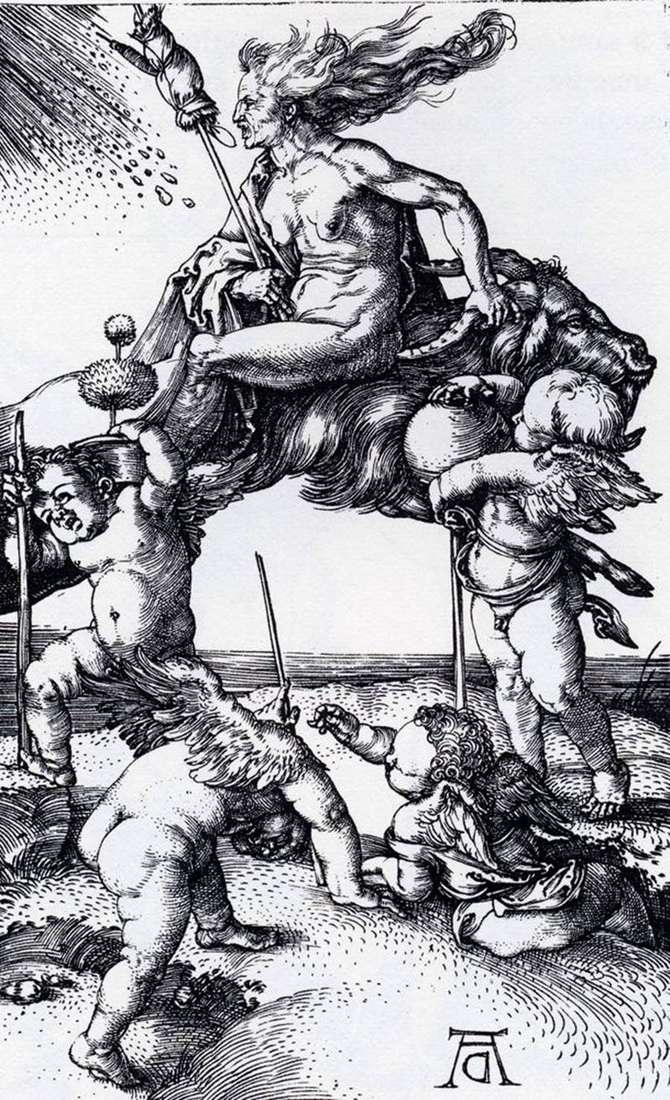 Witch by Albrecht Durer
Witch by Albrecht Durer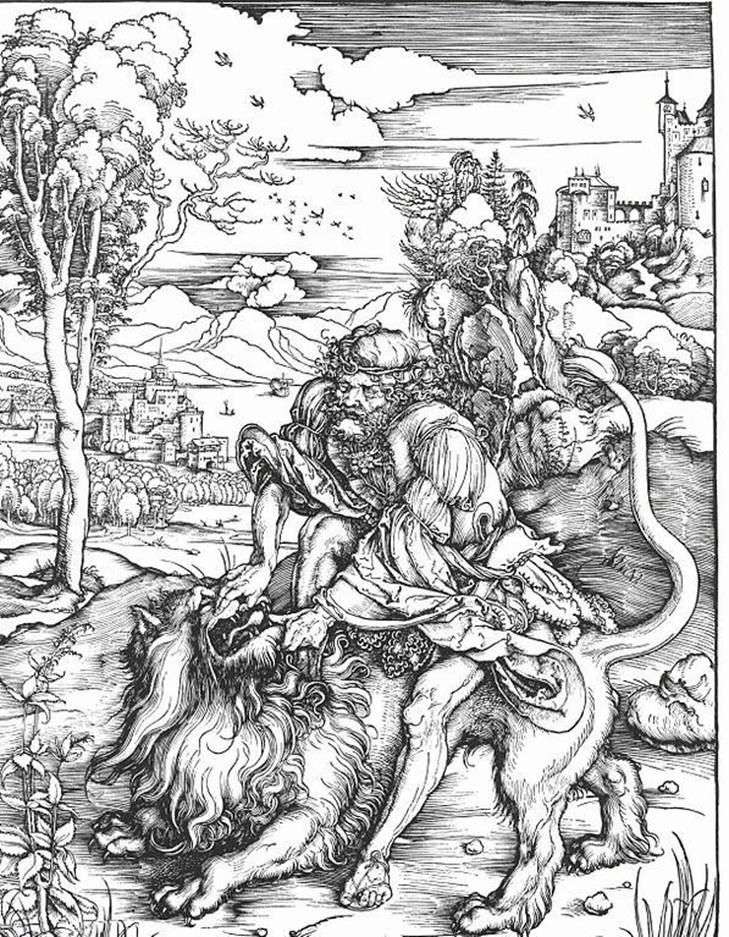 Samson killing the lion by Albrecht Durer
Samson killing the lion by Albrecht Durer